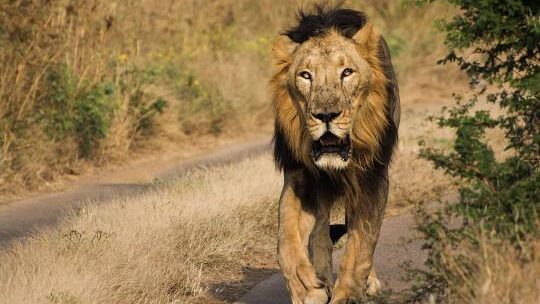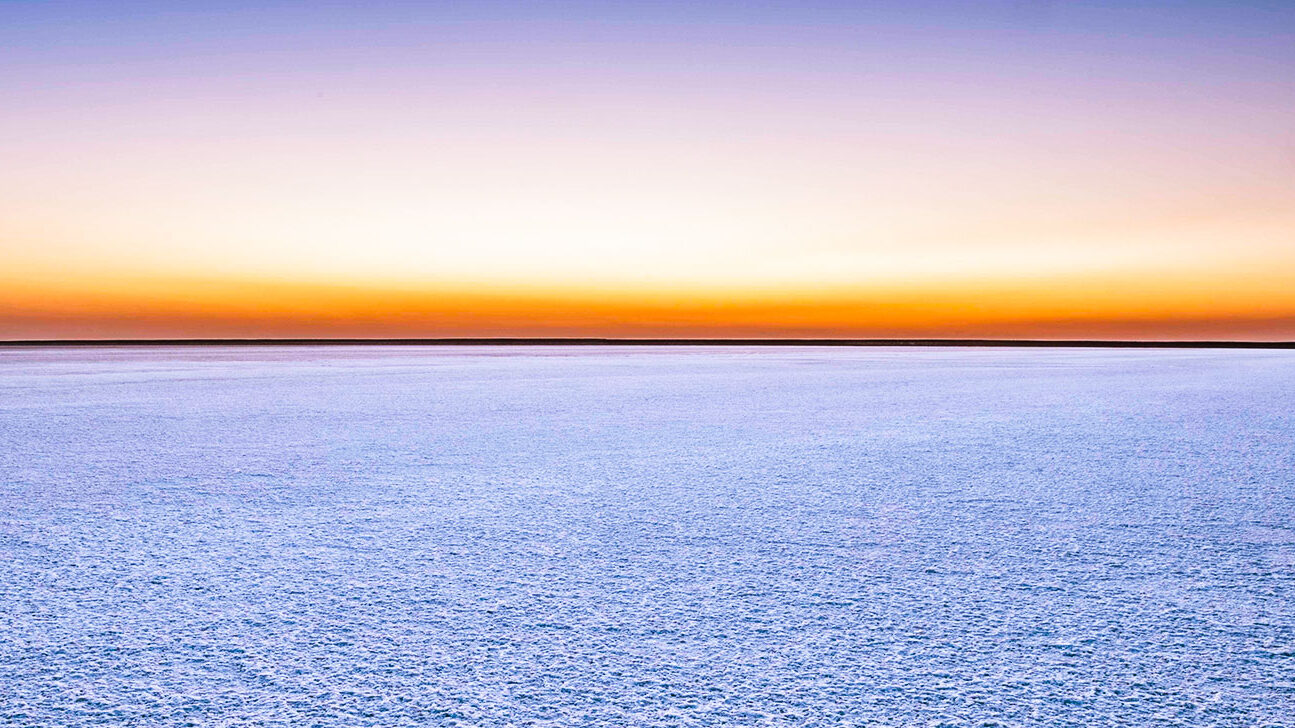Table of Contents
Gujarat at a Glance
- Location and Geography:
- Western coast of India.
- Coastline: Approximately 1,600 km, the longest in the country.
- Area: 196,024 km², fifth-largest Indian state by area.
- Population: 60.4 million (2011), ninth-most populous state.
- Borders: Rajasthan (northeast), Dadra and Nagar Haveli and Daman and Diu (south), Maharashtra (southeast), Madhya Pradesh (east), Arabian Sea (west), Pakistani province of Sindh (west).
- Capital: Gandhinagar.
- Largest City: Ahmedabad.
- Official Language: Gujarati.
- Historical Significance:
- Indus Valley Civilization Sites: 23 sites, more than any other state.
- Key Sites: Lothal (world’s first dry dock), Dholavira (one of the largest archaeological sites in India), Gola Dhoro (notable for uncommon seals).
- Ancient Ports: Coastal cities like Bharuch and Khambhat served as ports and trading centers during the Maurya, Gupta, and Western Satraps eras.
- Historical Importance: Lothal is believed to be one of the world’s first seaports.
Geography of Gujarat
Location and Boundaries
Gujarat, a state on the western coast of India, is bordered by Rajasthan to the northeast, Madhya Pradesh to the east, Maharashtra to the southeast, and the Union Territories of Daman and Diu to the south. The Arabian Sea lies to the west and southwest, providing a long coastline that has historically fostered maritime trade. The state covers an area of 196,024 square kilometers, making it the sixth largest in India.
Major Cities and Regions
Gujarat is divided into several regions, each with its unique identity. The major regions include Kutch, Saurashtra, and mainland Gujarat. Key cities in the state are:
- Ahmedabad: The largest city and an economic hub.
- Vadodara: Known for its palaces and parks.
- Surat: A major diamond and textile center.
- Rajkot: An important industrial city.
- Bhavnagar: Known for its cultural heritage.
Climate and Natural Features
Gujarat has a varied climate ranging from arid in the northwestern Kutch region to semi-arid in the Saurashtra and mainland Gujarat regions. The state experiences hot summers, monsoon rains, and mild winters. Natural features include:
- Rann of Kutch: A salt marsh renowned for its white desert.
- Gir National Park: The last refuge of the Asiatic lion.
- Saputara: A hill station in the Western Ghats.
History of Gujarat
Ancient History
- Indus Valley Civilization: One of the world’s oldest civilizations, with significant sites like Lothal and Dholavira in Gujarat.
- Maurya Empire: Gujarat was part of Emperor Ashoka’s realm in the 3rd century BCE.
- Gupta Empire: During the 4th and 5th centuries CE, Gujarat was under Gupta rule, contributing to the region’s cultural and economic prosperity.
- Sakas: The Western Kshatrapas, or Sakas, ruled parts of Gujarat from the 1st to 4th centuries CE.
- Gurjar Pratiharas: They controlled Gujarat in the 8th to 10th centuries, known for their resistance to Arab invasions.
Read More: Indus Valley Sites in Gujarat
Medieval Period
- Gujarat Sultanate: Established in the early 15th century by Sultan Ahmed Shah, with Ahmedabad as its capital.
- Mughal Rule: Gujarat became part of the Mughal Empire in the 16th century, with significant contributions to trade and culture.
Modern History
- British Rule: Gujarat came under British control in the early 19th century, with key centers like Surat and Ahmedabad playing pivotal roles in trade.
- Independence: Gujarat became a separate state in 1960, with Ahmedabad as its first capital, later moved to Gandhinagar.
Culture of Gujarat
Languages Spoken
The official language is Gujarati, spoken by the majority. Other languages include Hindi, English, and regional dialects like Kutchi and Bhili.
Traditional Attire
- Men: Usually wear kurta, dhoti, or churidar with a turban.
- Women: Traditionally wear sarees or chaniya cholis, often adorned with intricate embroidery and mirror work.
Art and Crafts
Gujarat is famous for its textiles, including Patola silk, Bandhani (tie-dye), and Kutchi embroidery. The state also produces exquisite pottery, woodwork, and jewelry.
Music and Dance Forms
- Music: Folk music includes bhajans and garba songs.
- Dance: Garba and Dandiya Raas are vibrant dance forms performed during festivals like Navratri.
Tourism in Gujarat
Major Tourist Attractions


- Gir National Park: Home to the Asiatic lion.
- Rann of Kutch: Known for the Rann Utsav, a cultural festival held in the white desert.
Read More:
Heritage Sites
- Somnath Temple: One of the twelve Jyotirlinga shrines of Shiva.
- Rani ki Vav: A UNESCO World Heritage site known for its intricate stepwell architecture.
Festivals
- Navratri: Celebrated with nine nights of dancing and festivities.
- Kite Festival (Uttarayan): Marks the transition of winter to summer with colorful kite flying.
Famous Cities to Visit
- Ahmedabad: Known for its historic sites and modern amenities.
- Vadodara: Famous for the Laxmi Vilas Palace and cultural festivals.
- Surat: A bustling city known for its diamond and textile industries.
Economy of Gujarat
Major Industries
- Textiles: Gujarat is a leading producer of cotton and textiles.
- Diamond Cutting: Surat is renowned for its diamond polishing industry.
- Petrochemicals: The state has a significant presence in the petrochemical industry.
Agricultural Products
- Crops: Major crops include cotton, groundnuts, and sugarcane.
- Dairy: The state is a major producer of milk and dairy products.
Trade and Commerce
Gujarat has a robust economy with strong trade links, facilitated by its ports like Kandla and Mundra. The state’s industrial growth is supported by favorable policies and infrastructure.
Cuisine of Gujarat
Popular Dishes
- Dhokla: A steamed savory cake made from fermented rice and chickpea batter.
- Thepla: Spiced flatbreads made from whole wheat flour and fenugreek leaves.
Conclusion
Gujarat, with its rich history, diverse culture, and vibrant economy, offers a unique blend of the ancient and the modern. From the salt flats of Kutch to the bustling streets of Ahmedabad, the state is a treasure trove of experiences waiting to be explored. Whether you’re drawn by its heritage, its festivals, or its cuisine, Gujarat promises an unforgettable journey through the heart of India’s western frontier.

